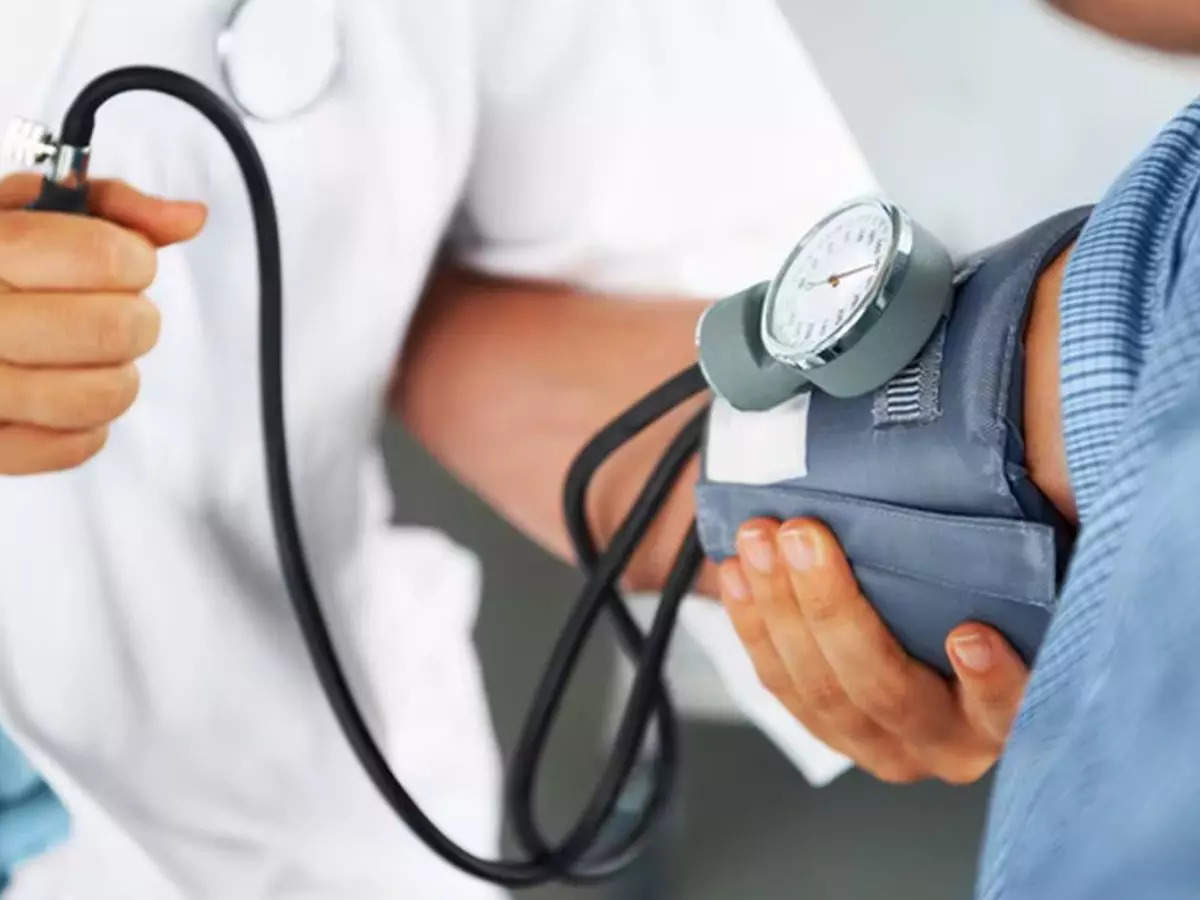
New Delhi: An ICMR-led study, which estimated risk of adults in India developing heart disease over a 10-year period, found that those unemployed were at a significantly higher risk, followed by those having high blood sugar levels. Researchers analysed nearly 4,500 adults aged 40-69 years, about half of whom were younger (40-49 years old). Data was collected using surveys and questionnaires, including those developed by the World Health Organisation (WHO), such as for gauging one’s physical activity levels.
Among the study group, about 85 per cent were at a very low-to-low chance of developing cardiovascular diseases, while about 14.5 per cent and one per cent were at a moderate and high-to-very high chance of developing these conditions, respectively, they found.
Twice as many men as women had a higher than 10 per cent risk of developing heart disease over 10 years, the researchers, including those from the Indian Council of Medical Research (ICMR) – National Centre for Disease Informatics and Research, Bengaluru, found.
A very low-to-low chance meant less than 10 per cent risk of experiencing heart-related diseases, while moderate and high-to-very high chance indicated 10-20 per cent and over 20 per cent likelihood, respectively, according to the study published in the Indian Journal of Medical Research.
Among the participants having high blood sugar levels, women had an 85 per cent increased risk of getting heart conditions over 10 years, while men were at a 77 per cent higher risk, the researchers estimated.
They also said that among the participants who were obese, women and men had a 71 per cent and a 55 per cent higher chance of developing heart conditions, respectively, compared to those who were not obese.
The researchers also found that the participants living in urban areas were at a higher risk of heart diseases, with 17.5 per cent having more than 10 per cent risk, compared to 13.8 per cent of those living in rural places. About two-thirds of the study group was from rural backgrounds.
Further, urban women participants had an 86 per cent higher probability of having elevated 10-year CVD risk than rural women participants, the authors said.
However, the researchers found that the unemployed participants were at a significantly higher risk of cardiovascular diseases compared to the employed ones or homemakers.
“While 87-88 per cent of the latter two groups had a low risk of (cardiovascular diseases), only 54 per cent of the unemployed population had a low risk,” the authors wrote.
They said that previous studies assessing cardiovascular disease risk in India were conducted using geographically localised samples and, therefore, a national estimate was missing.
This study was the first one to estimate risk in India using the non-laboratory-based WHO charts, the team said.







